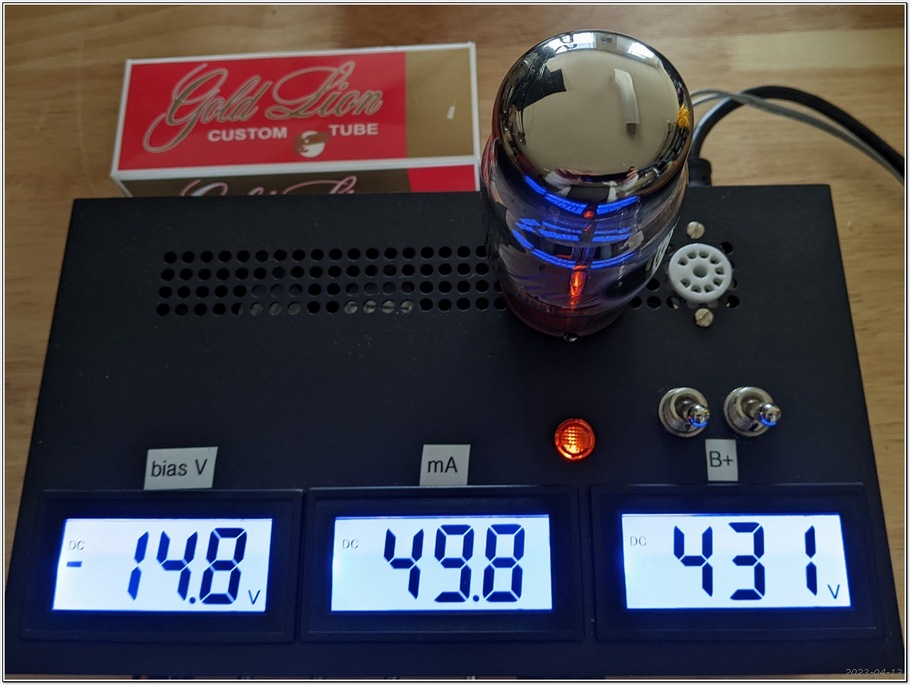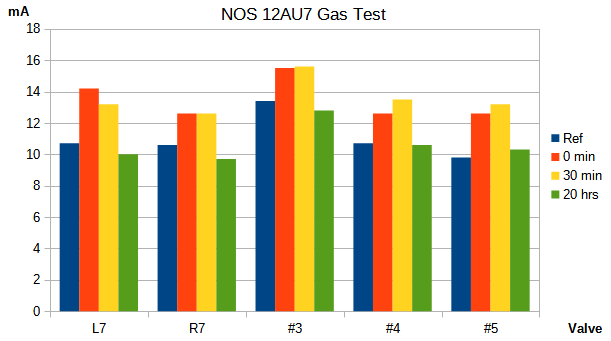 by Solder Slinger Thu Aug 17, 2023 11:57 am
by Solder Slinger Thu Aug 17, 2023 11:57 am
Hi penguinpages
peterH says it correctly, tubes should be tested and matched at their working conditions. Unfortunately, that ain't easily possible. First, the tube needs to be properly warmed up, you don't set the bias when you first turn on an amp, testing tubes brings in the same considerations. Proper warm up is necessary. Personally, I let the tubes heat up for at least 10 minutes under working conditions, longer on physically larger tubes such as the 6550 or KT 120. Note the Orange tester specifically warns against testing warmed up tubes.
First question: are you testing them or matching them? If testing, then the standard testing conditions will give you feedback of their general condition. How they work in your specific application may be similar to the test results or somewhat different. Remember, whatever Hickok, B&K, Jackson, Triplette, etc say in their roll chart about what the settings to use, you really don't know what the voltage, plate current, and bias are to get the expected gm readings although it may be in the documentation. Also remember, the manufacturers stress that tubes can read +/- 20 percent of their rated specifications, making matching more difficult.
Second, you need to test at the working voltage. If you have 400 volts on the plates of an output tube, can you really match them up at the 150 volts a Hickok tester puts on them??? Do you know what plate current or screen current you are putting through the tubes when you test with a Hickok, B&K, Jackson, etc tester? If you are matching tubes, you need to mimic the conditions under which you'll be running them in your amp.
I personally have two testers, a Bell Telephone KS-15560 which is a Hickok made to Bell Labs specs, essentially an upgraded Hickok 539 series (and rebuilt & modified by Paul Hart, here in Atlanta) which is my "portable" tester and a highly modified Triplette 3444 also rebuilt by Paul. This will test at up to 400 volts and requires a separate high voltage, regulated power supply and has secondary panel with a bunch of meters. I can set the plate voltage, bias voltage, the screen voltage, read the plate current, screen current, leakage and gm for the tubes. I use both the specs shown in the RCA Tube manual "Average Conditions" to test or if I know where the tube is being used, I can test it (and match it if necessary) under working conditions. I do have a 400 volt maximum limit however which means I can't truly match up the output tubes for my Dynaco Mark IIIs with 500 volts on the plate, but 400 volts is a lot closer than 150 volts...
Anyway, just some things to think about when you want to test or match tubes.
-Ed




